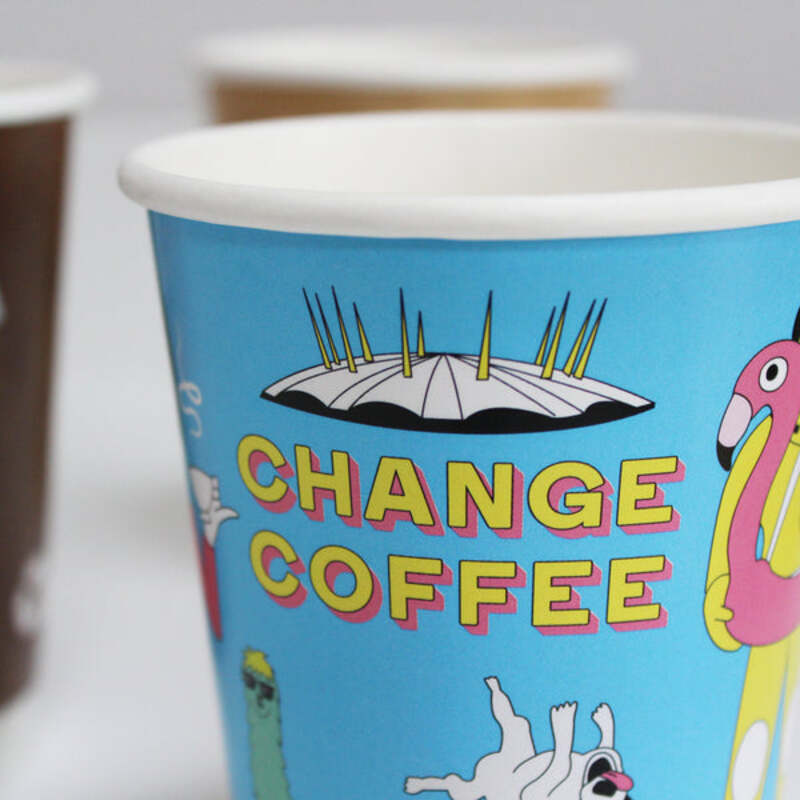The Rise of Sauce in Plastic Containers Convenience and Sustainability
In the world of food packaging, the humble plastic container has evolved into a stalwart solution for storing a wide variety of sauces. From ketchup to gourmet dressings, the convenience and functionality of plastic containers have made them a popular choice among consumers and manufacturers alike. However, the increasing focus on sustainability has prompted a re-evaluation of this material's role in the food industry. This article delves into the reasons behind the popularity of sauce in plastic containers and the efforts being made to create a more sustainable future.
Convenience and Versatility
Plastic containers offer a myriad of advantages, particularly when it comes to packaging sauces. Their lightweight nature makes them easy to handle, transport, and store, appealing to both consumers and businesses. Unlike glass or metal, plastic is less prone to shattering or breaking, which is especially important in high-volume food preparation environments such as restaurants and catering services.
Moreover, plastic containers come in various shapes and sizes, allowing manufacturers to tailor their products to meet consumer preferences. Sauces can be offered in single-serving packets for convenience or larger containers for family use. This versatility extends to resealable options that help maintain freshness while enabling easy dispensing. Features such as squeezable bottles also allow for precise pouring, which is particularly useful for thick sauces like mayonnaise or barbecue.
Economic Benefits
The economic advantages of plastic containers cannot be overstated. From a production standpoint, plastic is often more cost-effective than other materials like glass or metal. This cost efficiency translates to lower retail prices for consumers, making sauces more accessible to a broader audience. Additionally, the durability of plastic reduces the likelihood of product loss due to damage during shipping and handling, further benefiting manufacturers and retailers.
E-commerce has also fueled the demand for plastic containers. As online grocery shopping becomes increasingly prevalent, the need for packaging that can withstand the rigors of delivery is critical. Plastic containers meet this demand, providing a reliable option that helps ensure that sauces arrive at their destination intact.
Health and Safety Considerations
sauce plastic containers

Health and safety are paramount in food packaging, and plastic containers have evolved to meet these concerns. Many plastic containers are now made from food-grade materials that are safe for use with consumables. Manufacturers are also increasingly adopting BPA-free plastics, responding to consumer concerns regarding chemical leaching.
Furthermore, the ease of sealing and tamper-proof designs help enhance food safety, ensuring that sauces remain uncontaminated until they reach the consumer. This attention to safety is crucial as consumers become more health-conscious and aware of the potential hazards associated with food packaging.
The Sustainability Challenge
Despite their numerous advantages, plastic containers have come under scrutiny for their environmental impact. The global awareness of plastic pollution has spurred a movement toward sustainability in packaging solutions. In response, many manufacturers are experimenting with biodegradable plastics and recyclable materials. Some are investing in closed-loop systems that allow used containers to be returned and repurposed, reducing waste in landfills.
Additionally, alternative packaging solutions are being explored, such as glass and compostable materials. Although these options often come with higher costs, they appeal to eco-conscious consumers who prioritize sustainability in their purchasing decisions.
Looking Ahead
The future of sauce packaging in plastic containers will likely be driven by innovation and consumer preference. As the industry continues to seek sustainable solutions, the development of advanced materials that maintain the advantages of plastic while reducing environmental consequences will be key. Educating consumers on proper recycling practices and the benefits of sustainable packaging will also play an essential role in shifting public perception.
In conclusion, while plastic containers have become a prevalent choice for packaging sauces due to their convenience, economic benefits, and safety, the challenge of sustainability looms large. As consumers increasingly demand eco-friendly options, the food industry must adapt by embracing innovative materials and sustainable practices. The journey towards a more sustainable future in sauce packaging is just beginning, and the choices made today will shape the landscape of food packaging for years to come.



